Shikibu no Mukashi: The Pinnacle of Usucha Matcha
A Matcha Experience Like No Other
Shikibu no Mukashi is not just any usucha (thin tea)—this is a matcha experience that elevates the senses. Sourced from the historic tea fields of Kyoto Prefecture, Japan, this full-bodied, ultra-creamy, and umami-rich matcha brings an unparalleled depth of flavor to every sip. Expect a lingering sweetness with delicate notes of toasted seeds, wrapped in a silky, smooth texture that dances on the palate.
Here’s a visual:
While officially classified as an usucha, its exceptional quality means it can even be whisked into koicha (thick tea)—a true testament to its refined excellence.
What’s in a Name? The Meaning Behind “Shikibu no Mukashi”
The name Shikibu no Mukashi (式部の昔) carries a deep historical and cultural significance.
- “Shikibu” (式部) refers to the Ministry of Ceremonies, a prestigious body that oversaw official rituals and personnel affairs in Japan’s Heian era.
- It was also a title given to ladies-in-waiting, most famously associated with literary icons like Murasaki Shikibu and Izumi Shikibu—poetesses renowned for their artistry and refinement.
- “Mukashi” (昔), meaning “long ago” or “the past,” is a traditional term used in matcha grading.
Together, Shikibu no Mukashi embodies a timeless elegance—a tea steeped in tradition, craftsmanship, and the artistry of the Japanese tea ceremony.
The Significance of “Mukashi” & “Shiro” in Matcha Grading
Ever noticed some matcha names end in “Mukashi” (昔) while others end in “Shiro” (白)? Here’s why:
Mukashi (昔): A Symbol of Excellence
- Historically, “Mukashi” was the original grading term for high-quality matcha.
- The kanji itself (廿日) combines “twenty” (廿) and “day” (日)”—a reference to March 20th in the lunar calendar, the legendary day when the finest tea leaves were picked.
- Over time, it became a mark of prestige, indicating matcha suitable for traditional tea ceremonies.
Shiro (白): The Evolution of Thin Tea
- The term “Shiro” (meaning “white” or “light”) emerged later, during the Edo period under the reign of the third shogun, Tokugawa Iemitsu.
- It was coined when feudal lords began requesting lighter, thinner matcha, contrasting with the dark, intense tea favored by earlier tea masters like Furuta Oribe.
- While its precise meaning remains unclear, “Shiro” likely distinguished matcha with a more delicate, refined taste from the bold, full-bodied Mukashi grades.
Today, both “Mukashi” and “Shiro” remain in use, reflecting the rich history of Japanese matcha and the ever-evolving trends of the tea ceremony.
FAQ: All Things Matcha
How does the price of matcha (used in food processing) relate to its quality?
When it comes to matcha, you truly get what you pay for. Higher-priced matcha means a richer aroma, a smoother and more refined taste, and a vibrant green color. Premium matcha has a milder flavor and less bitterness, making it a delight for both the eyes and the taste buds.
What’s the difference between matcha for food processing and matcha for drinking?
There’s no rigid rule, but generally, we separate matcha into two categories based on bitterness. Matcha for drinking is crafted from high-quality leaves, grown with care and precision, while matcha for food processing is typically made from lower-grade leaves that require less fertilizer and effort—resulting in a more bitter taste.
Can I use drinking-grade matcha for food?
Absolutely! In fact, if you want your culinary creations to stand out, using a matcha above the Makinoshiro quality level will give your food a brighter color, a richer taste, and a more premium feel. It’s always a good idea to opt for higher-quality matcha, even for recipes.
Best way to store matcha before opening?
Pop it in the fridge or freezer! Matcha thrives in cool temperatures. Just remember—before opening, bring it back to room temperature to avoid unwanted condensation.
What about after opening?
If you store opened matcha in the fridge without sealing it tightly, condensation can form, degrading the quality fast. The best move? Transfer it to an airtight container at room temperature, then refrigerate or freeze. And don’t let it sit around for too long—freshness is key.
What’s up with the oxygen absorbers?
Your Yamamasa Koyamaen matcha comes sealed with an oxygen absorber to keep it fresh. If you’re using bagged matcha, you’ll find the absorber glued inside the bag—leave it there while scooping out your powder to maintain quality.
Avoid condensation issues
Bringing matcha out of the fridge? Let it sit at room temperature before opening to prevent moisture from sneaking in.
Lumps? No problem!
Because matcha is so finely ground, it tends to clump together due to static electricity. A quick sift before use will bring back that smooth, silky texture.
Why does my matcha look wet when sprinkled on food?
Matcha is highly absorbent—it quickly pulls in moisture from its surroundings. If you’re using it as a garnish, expect it to darken a little over time.
Does matcha change color when heated?
Yes, it does. When exposed to high heat, matcha’s vibrant green can shift to a reddish-green. That’s why it’s best added at the end of cooking or used in recipes that don’t require prolonged heat.
Can light affect matcha’s color?
Definitely! We don’t use any additives—our matcha is 100% natural. If it sits under direct light for too long (like in a display case), its color can fade.

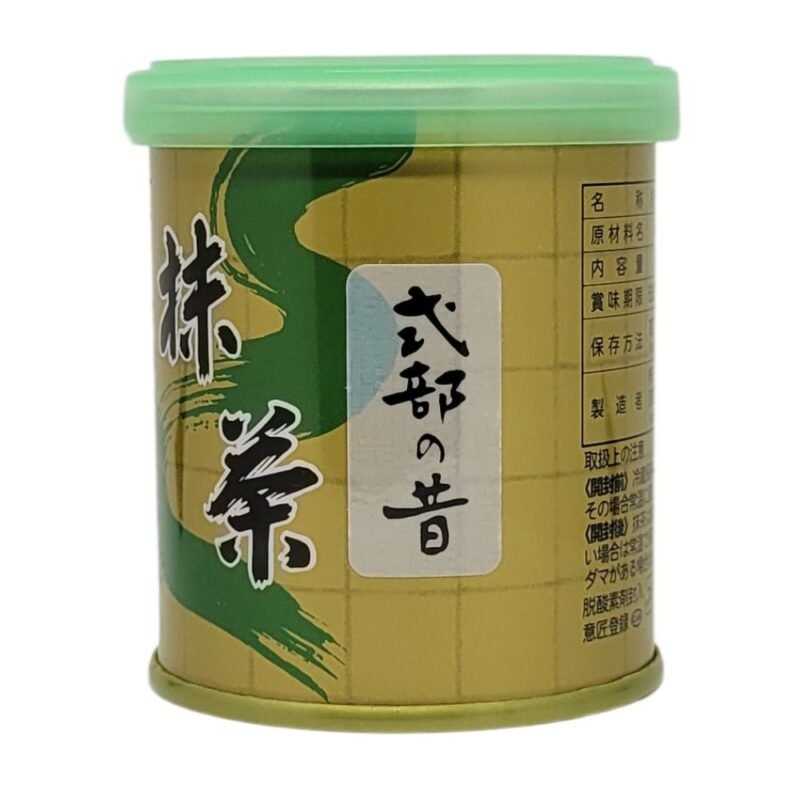
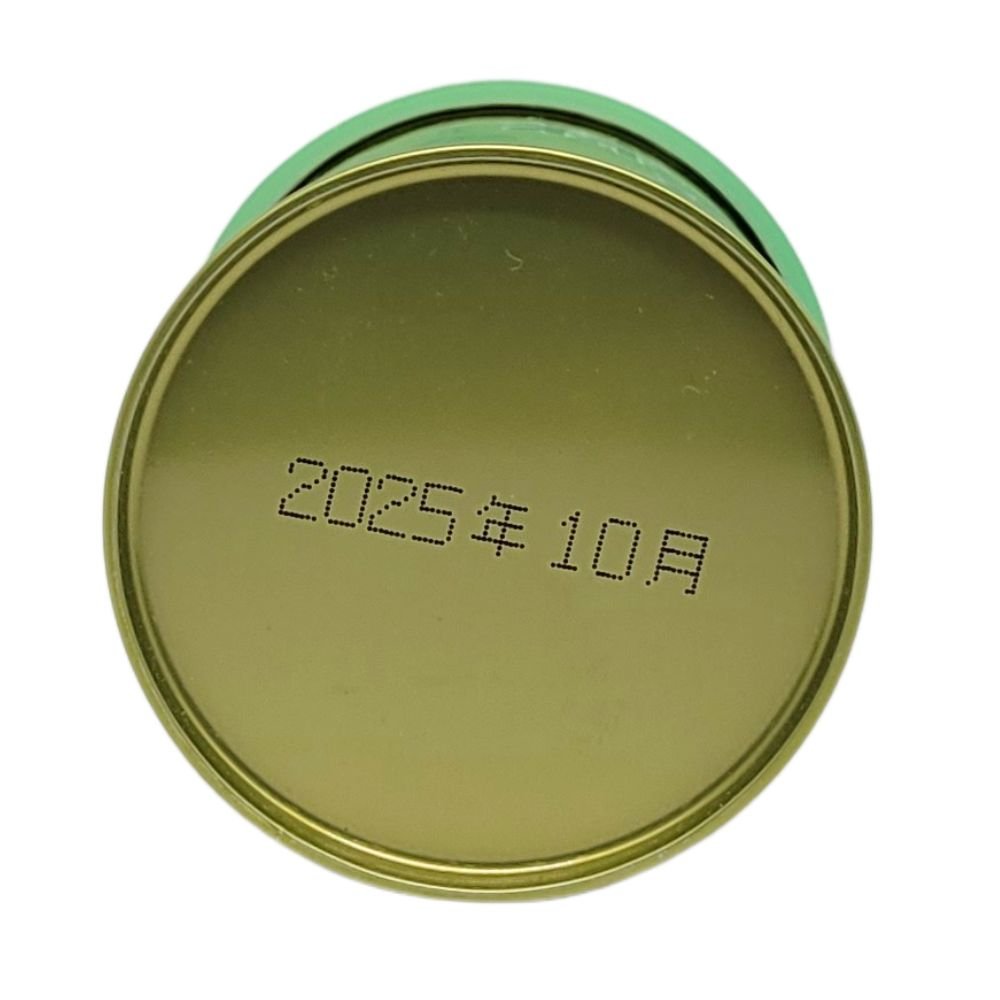
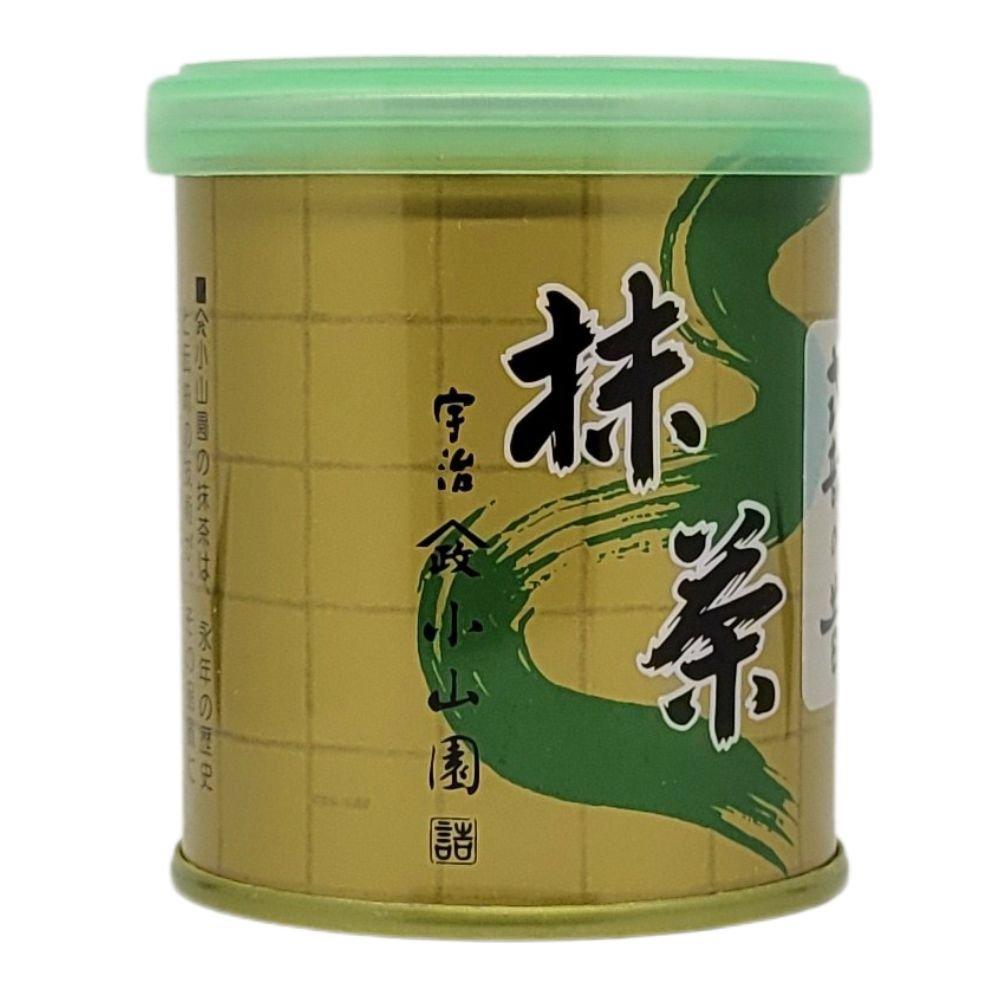
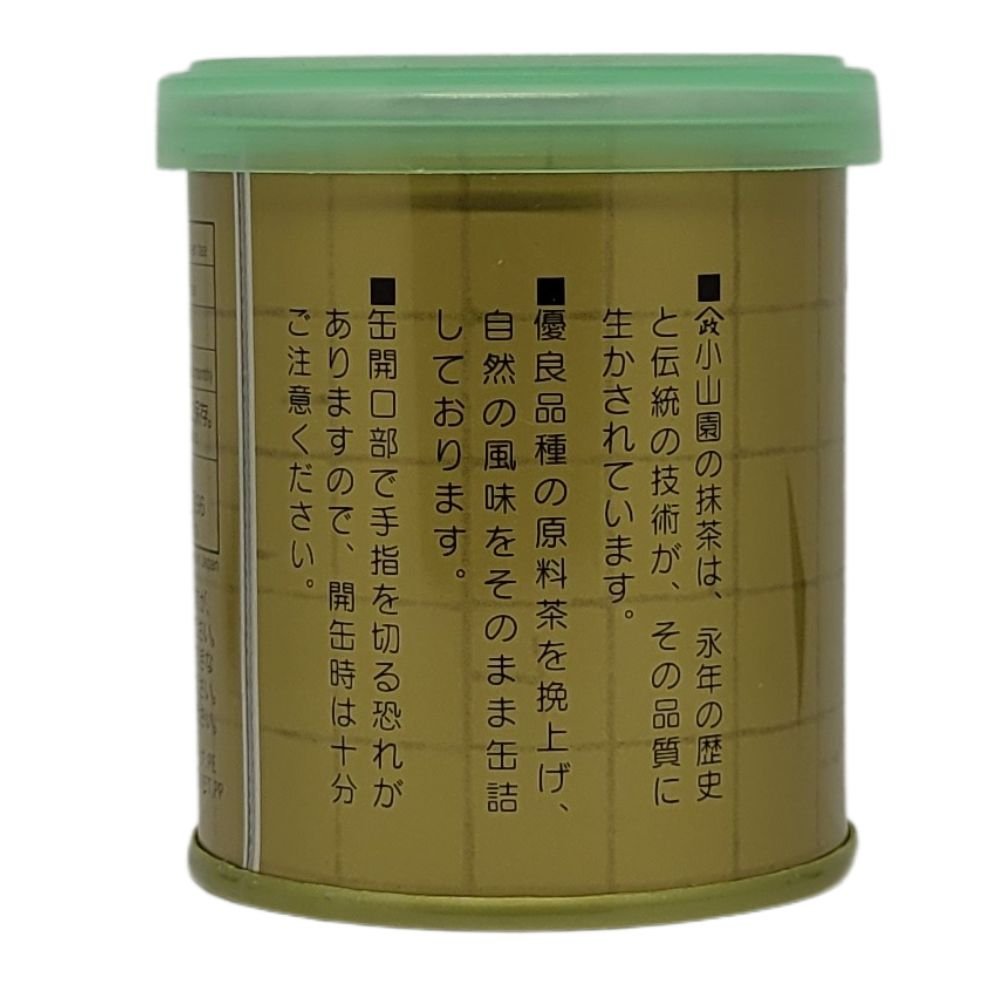
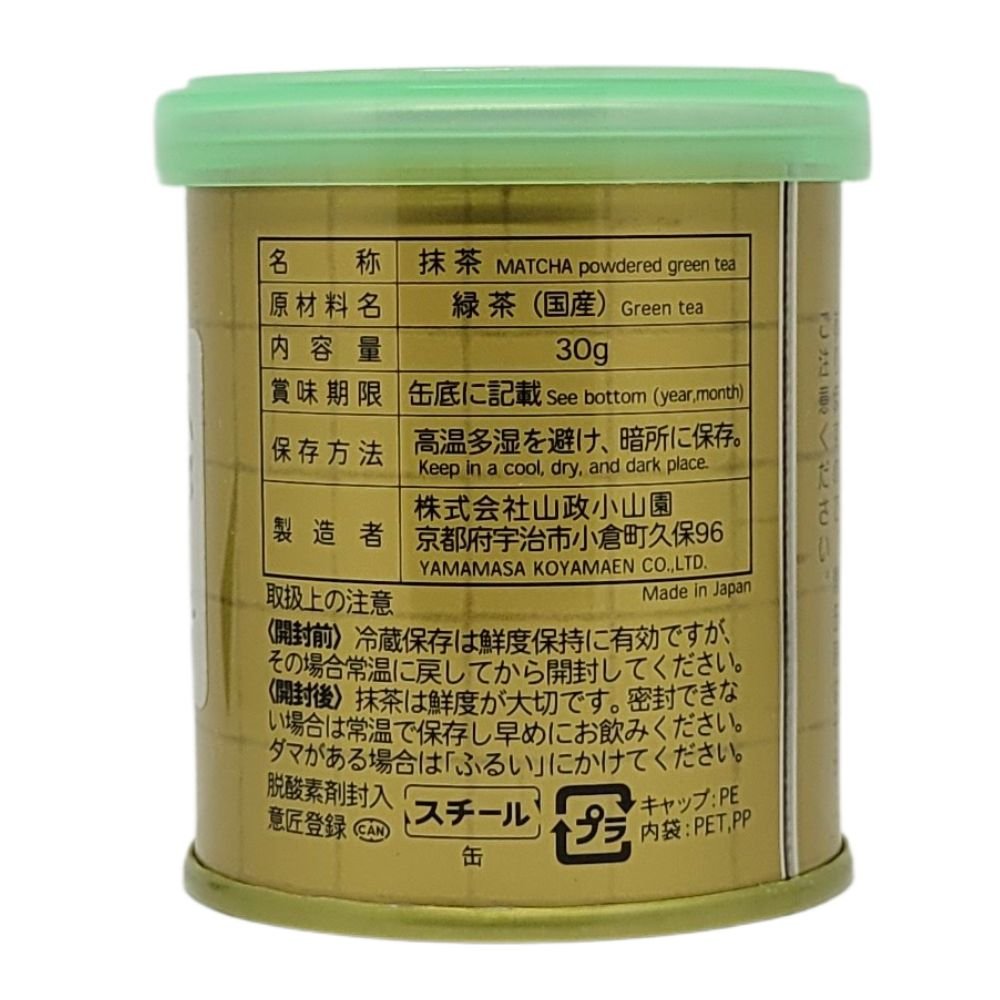
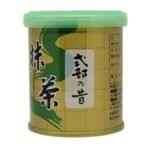
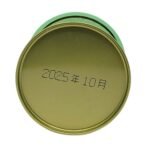
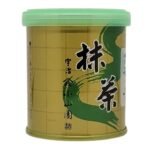
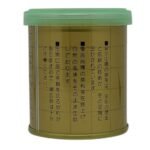
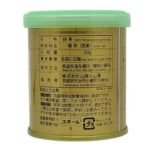
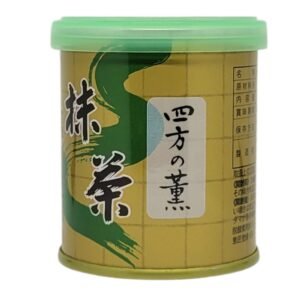



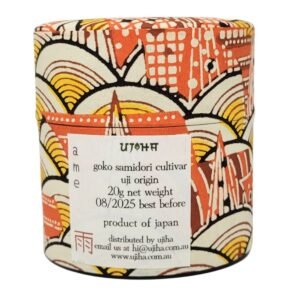

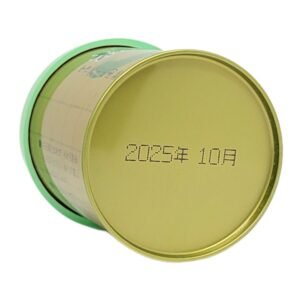
Reviews
There are no reviews yet.